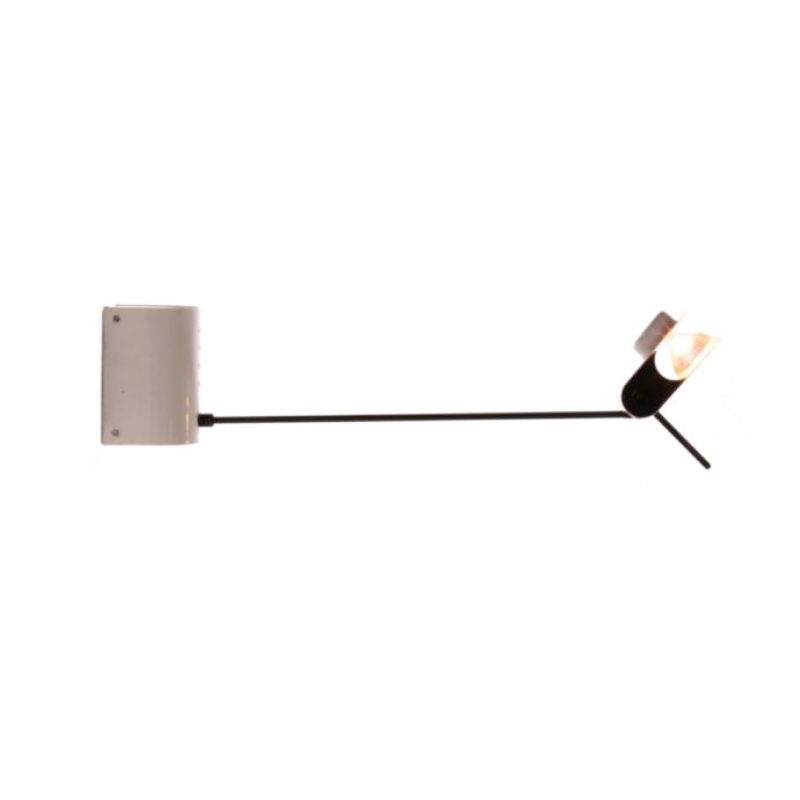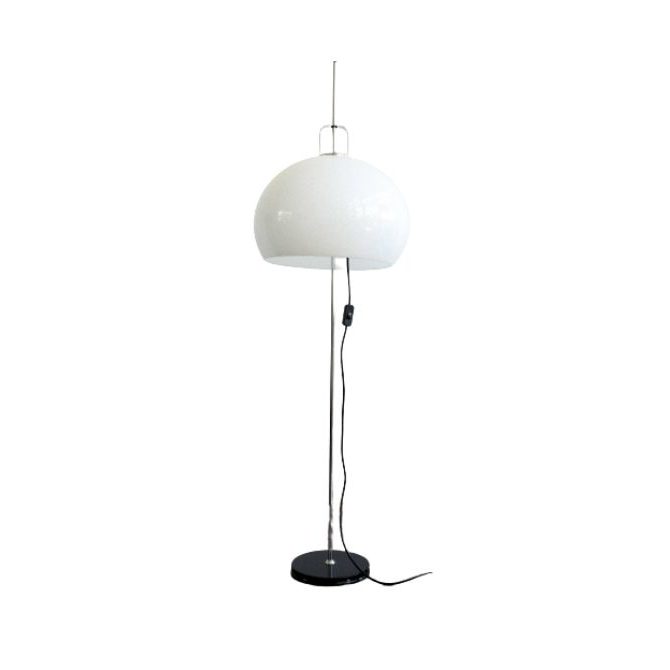I decided to separate this from my other thread, which was intended to be purely about sourcing the webbing/clips.
I have a Mogens Kold chair which I purchased in rather rough shape. At the time of purchase, the original webbing was long gone and in its place, someone had poorly stapled jute webbing (for what appeared to be the second time). Needless to say, I did not have a good reference point as to how the original webbing might have been fixtured. What was clear was that it utilized tapered slots, ran front to back, and was probably 38mm Pirelli webbing.
My thinking had been that the Mogens Kold utilized 90 degree metal clips which fit vertically into the slots; however, after seeing this photo online of an identical chair, I'm thinking the tapered slot might have been used to create a wedge. I've attached a rough sketch which captures this latest thinking.
Has anyone seen a manufacturer wedge webbing in place like this? Either with a dowel or piece of wood? It seems less than ideal, but still plausible.
Thanks in advance for any input.
Zach <img class="wpforo-default-image-at
<img class="wpforo-default-image-at
Thanks for the reply and the revised sketch (I'm a visual thinker, so sketches are always welcome).
This approach certainly makes much more sense to me, and it would have been my secondary course of action ... that was, until I saw that photo online. In the photo, it appears as though the webbing just terminates with an end cut, which means they using neither a metal clip or the looped dowel approach you've posted. So I'm really just curious at this point - what are they doing and is it original?
If no alternative presents itself, I very well may utilize the approach you've outlined.
Since there is no permanent impact to the frame (e.g. nails or staples), there is not really a downside to trying it out. For the Selig chairs, I believe the original dowel had a flat edge on one side, to help against slippage. However, I've had good experience with a perfectly round dowel as well. I think the ridges on the Elasabelt straps help a little with creating resistance with adjacent strap material.
Once I have the strap looped, pulling with a pair of pliers works well for me. I think 10% elongation is recommended for pretension.
With the dowel cinch design, there is no need to create a closed loop with the end of the strap. Rather both strap ends are loose (like shown in the sketch), but the tension holds due to the combo of strap type and friction created between frame/strap/slot/dowel.
I was a bit skeptical initially before I tried it for the first time. But sure enough, the pre-tension holds.
I can see the tapered dowel wedge in the slot working. I think the dowel wedge probably would have a flattened edge that rests against the wood in the slot (opposite the rubber strap) so that it would stop the dowel from rolling and releasing the strap.
If you can satisfy yourself that this is original, I would do it this way. You will need a roll of pirelli webbing, so that you can stretch it across, THEN trim it to the wood. Otherwise you will not be able to pull it.
If you need any help, please contact us at – info@designaddict.com









